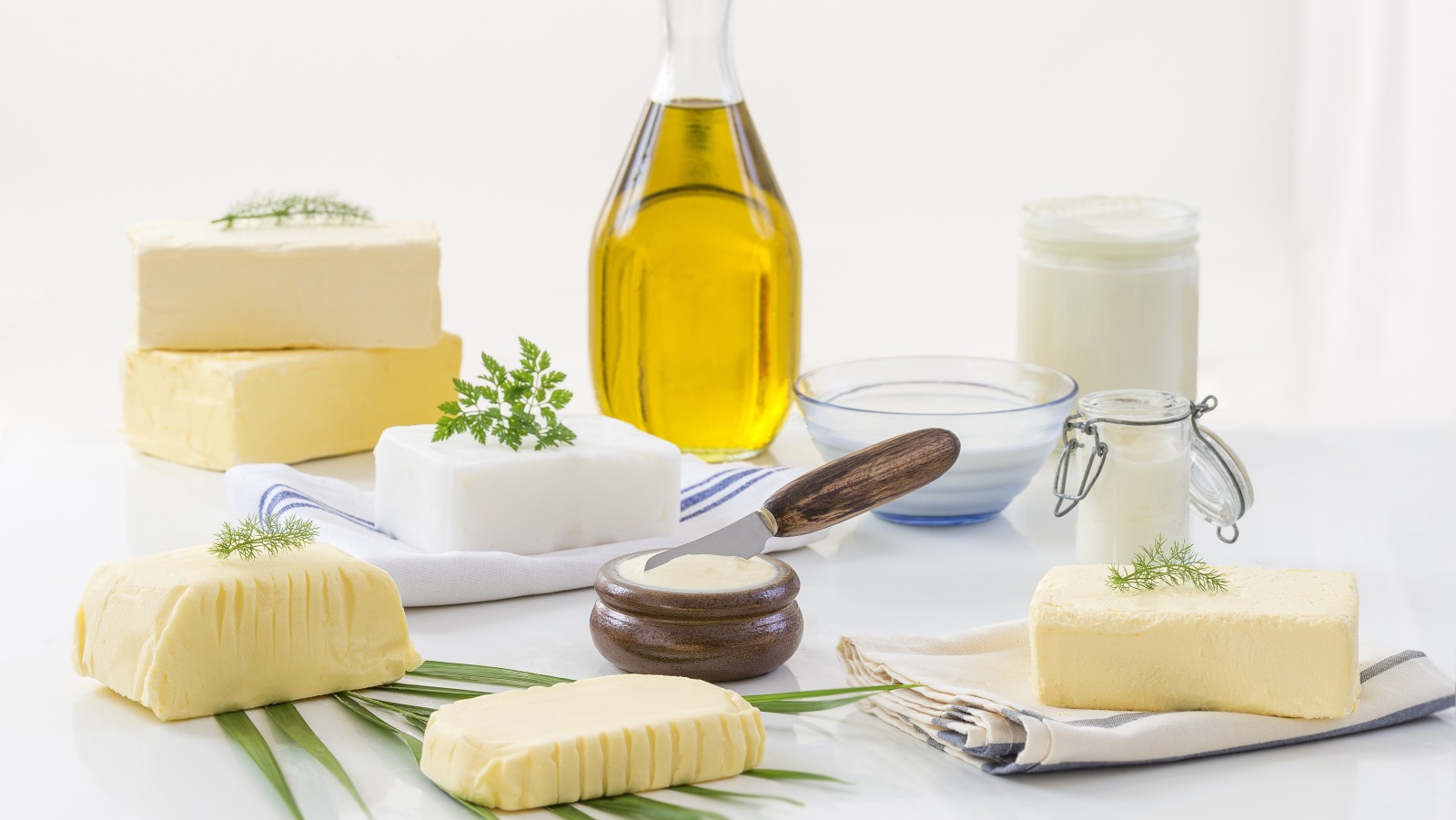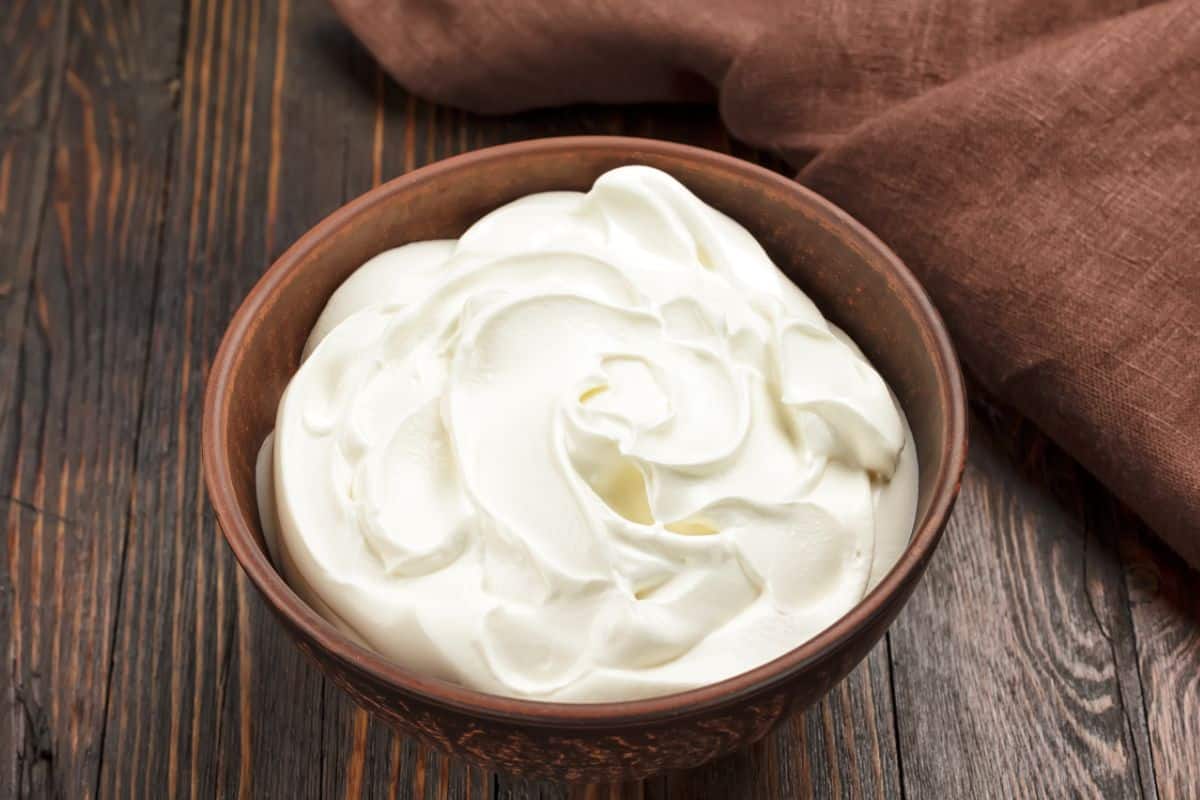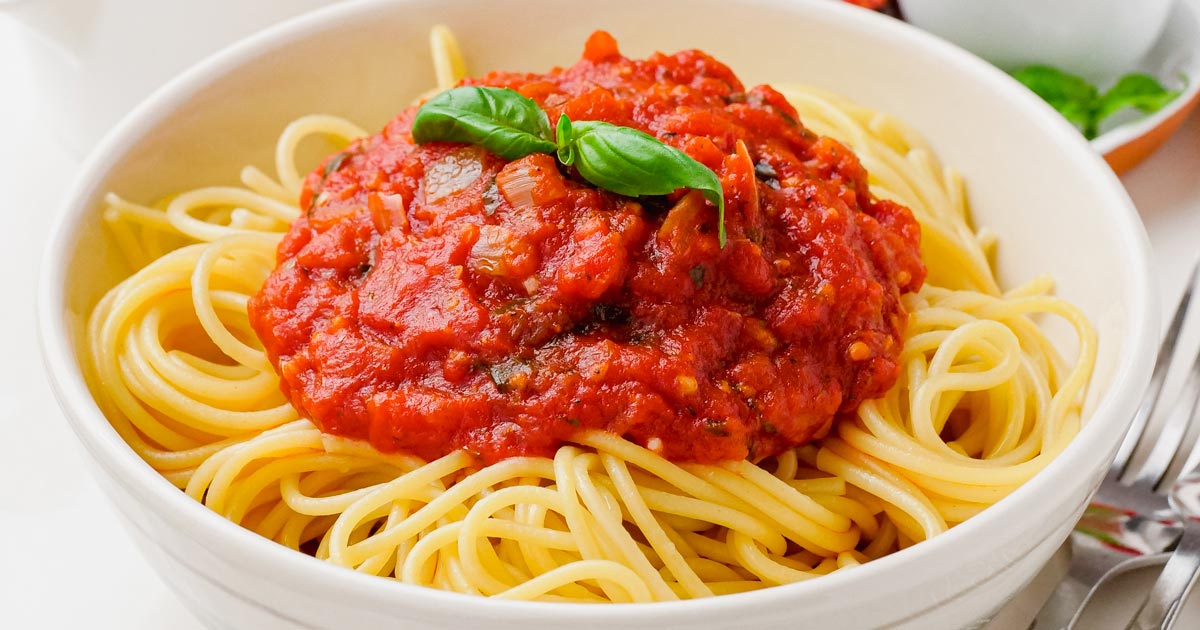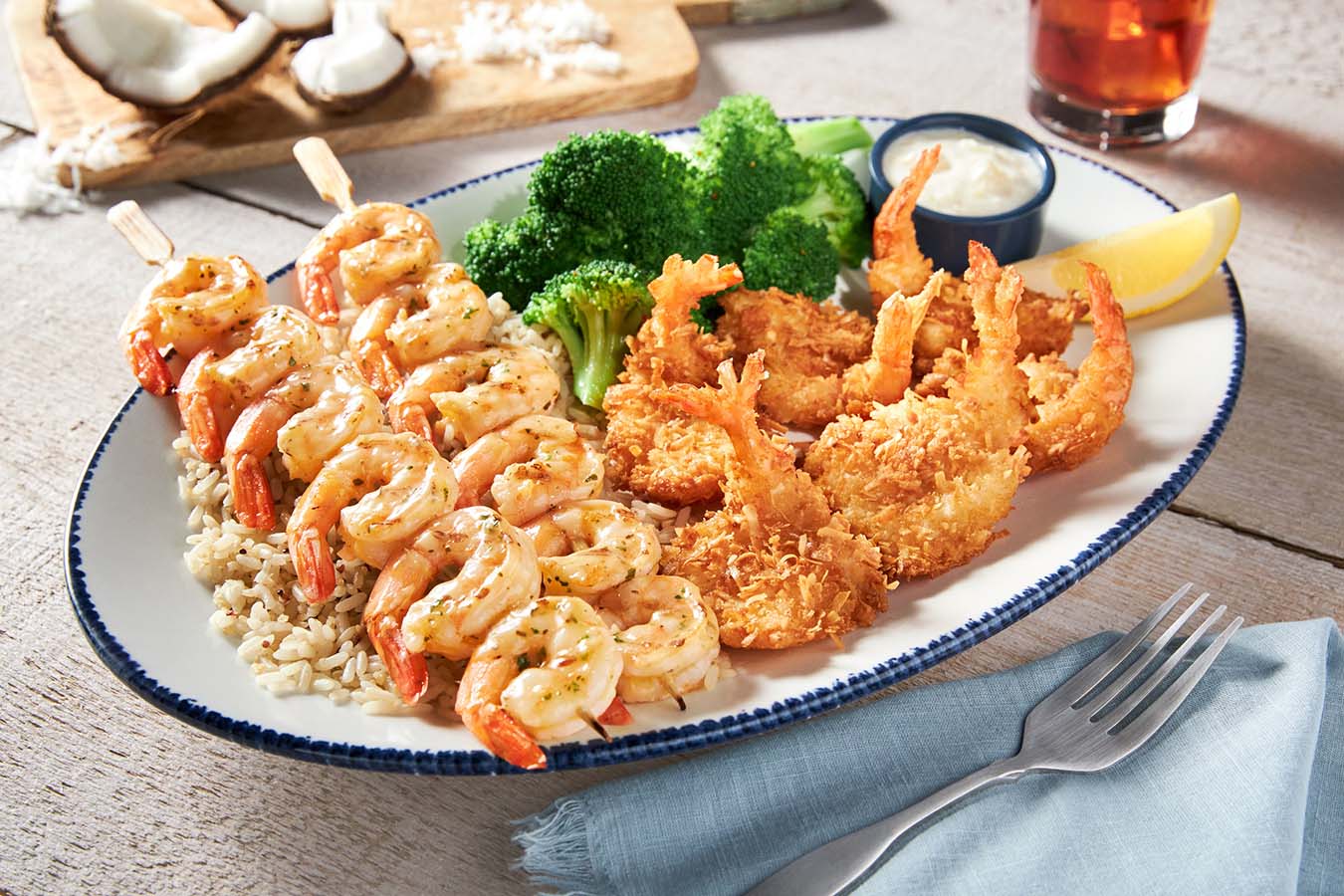Discovering the Delightful Dessert: Plum Duff
Have you ever heard of plum duff? If not, you’re in for a treat! Plum duff is a traditional English dessert that has been enjoyed for centuries. It is a delightful and comforting dish that is perfect for the holiday season or any special occasion. In this article, we will explore the origins of plum duff, its ingredients, and how it is typically served.
Origins of Plum Duff
Plum duff, also known as plum pudding, has a rich history that dates back to medieval England. It was originally a savory dish made with meat, root vegetables, and spices. Over time, the recipe evolved to include dried fruits, suet, breadcrumbs, and a variety of spices. Plum duff became a popular dessert, especially during the Christmas season, and is often associated with the festive feast of the Victorian era.
Ingredients
The traditional recipe for plum duff includes a mix of dried fruits such as raisins, currants, and sultanas, along with suet, flour, breadcrumbs, eggs, sugar, and a blend of warm spices like cinnamon, nutmeg, and allspice. Some modern variations may also include a splash of brandy or rum for an extra kick of flavor.
Preparation
Preparing plum duff is a labor of love, as the mixture of ingredients is carefully combined and then steamed for several hours. This slow cooking process allows the flavors to meld together, creating a rich and moist pudding that is bursting with fruity goodness. Once cooked, the plum duff is traditionally served with a generous drizzle of custard or a dollop of whipped cream.
Serving and Enjoying Plum Duff
Plum duff is often served during the holiday season, especially on Christmas Day. It is a beloved tradition in many English households, where it is often accompanied by a festive cheer and warm gatherings with family and friends. The pudding is typically brought to the table aflame, having been doused in brandy and set alight for a dramatic presentation.
When it comes to enjoying plum duff, there are a few different ways to savor this delectable dessert:
- Slice and Serve: The plum duff can be sliced and served on individual plates, with a generous portion of custard or cream on the side.
- Flambéed Delight: For a show-stopping finale, the plum duff can be flambéed at the table, creating a spectacle of flames and adding a touch of caramelized flavor.
- Leftover Indulgence: Any leftover plum duff can be enjoyed cold the next day, with a cup of tea or coffee, allowing the flavors to further develop and mature.
Conclusion
Plum duff is a timeless dessert that has stood the test of time, bringing joy and comfort to generations of dessert lovers. Its rich history, flavorful ingredients, and festive presentation make it a beloved part of English culinary tradition. Whether enjoyed during the holidays or as a special treat, plum duff is sure to delight the taste buds and warm the heart with its delicious charm.
So, the next time you’re looking for a classic dessert with a touch of nostalgia, consider making a batch of plum duff and savoring the sweet taste of tradition.
Was this page helpful?
Read Next: What Is Marsala Seasoning











